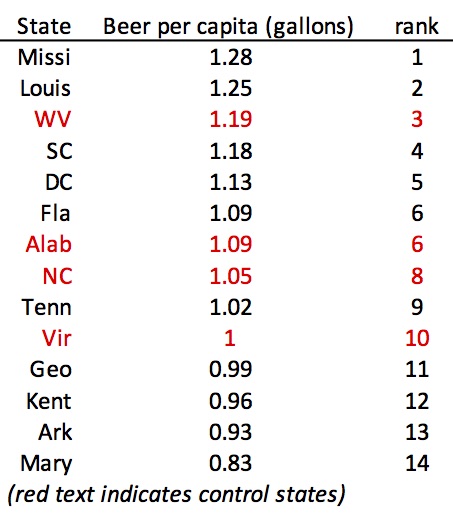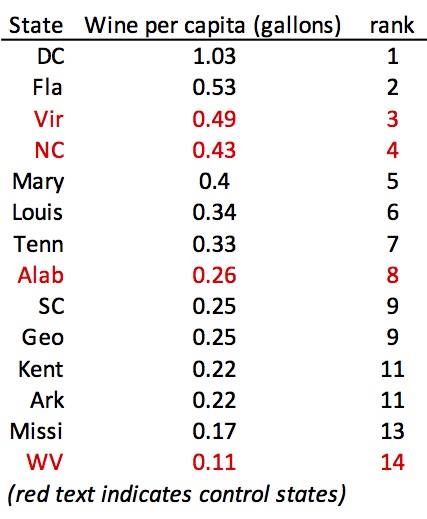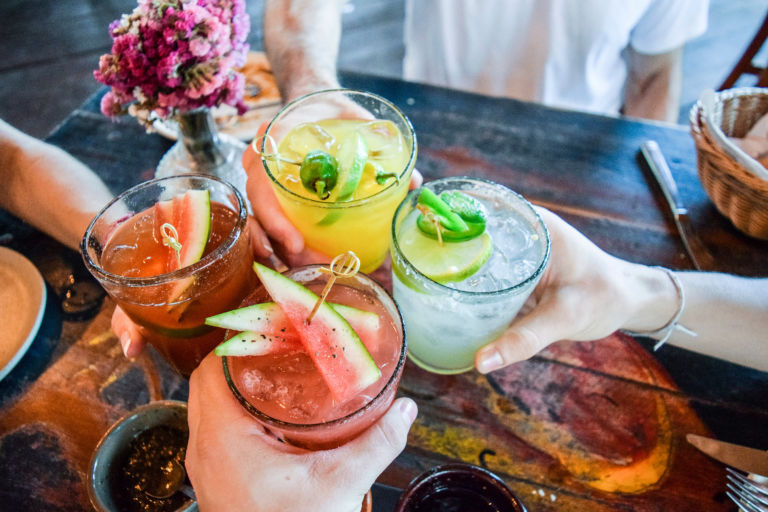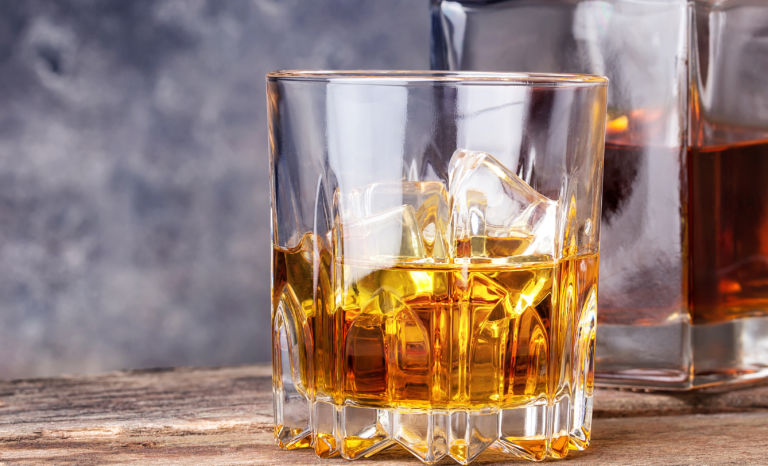The Program Evaluation Division (PED) of the N.C. General Assembly has released its final report to the legislature on North Carolina’s ABC system. As Carolina Journal reports, the PED report offers three models for lawmakers to consider: agency store, private retail, and licensure models.
PED evaluated “performance indicators” for measuring how effective and efficient the system is. They made the following findings, which, if the presentation today is any indication, was apparently revelatory. They should have been expected.
- “North Carolina collected the most public revenue per gallon of liquor sold among southeastern states …”
- “North Carolina had the lowest liquor outlet density …”
- “North Carolina had the second lowest adult per capita liquor consumption among southeastern states …”

Wow. Monopoly outcomes from (checks notes) a monopoly. Monopoly prices, limited access, limited sales.
To a monopoly, efficient and effective services are what give it the highest revenue. Not what serves the consuming public or local vendors’ interests.
That’s why the North Carolina Constitution states that “monopolies are contrary to the genius of a free state.”
If you want to see why these findings shouldn’t be a surprise, see my post on “The ABC System and deadweight loss.” Here’s what they consider efficient, at your expense:
In 2017, the ABC Commission reported a systemwide profit margin of 11.2 percent. That’s a very large margin for such a business. In license states, where private enterprises compete, profit margins are a lot tighter. After all, a high profit margin for a business in an area means someone else can open a competing business nearby and also profit.
In 2017, the profit margin of private beer, wine, and liquor stores hovered around 2.4 percent. Meanwhile, in North Carolina, only 19 of the 428 government-controlled liquor stores fell below that 2.4 percent profit margin seen in a competitive market.
And one other thing: controlling “liquor consumption” isn’t the same as controlling alcohol consumption. Making liquor harder and costlier to obtain means people are more likely to choose substitute goods, and those aren’t seltzer waters.
As I pointed out in my research brief “When Controlling Alcohol Isn’t Controlling Alcohol,” even though NC is second lowest in per-capita liquor consumption in the Southeast, look how we compare in beer and wine:




